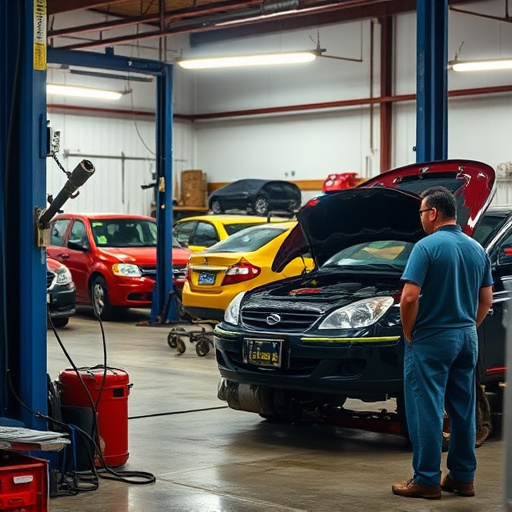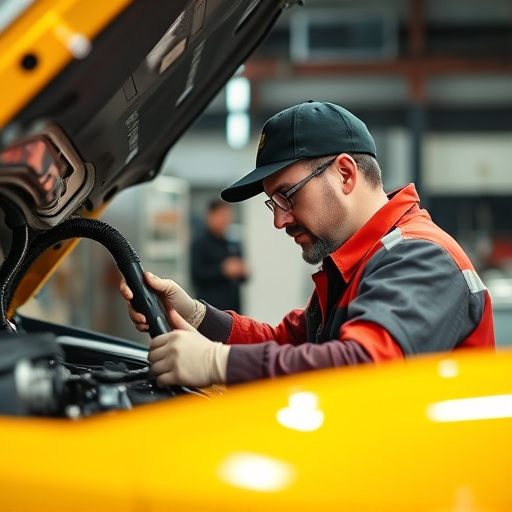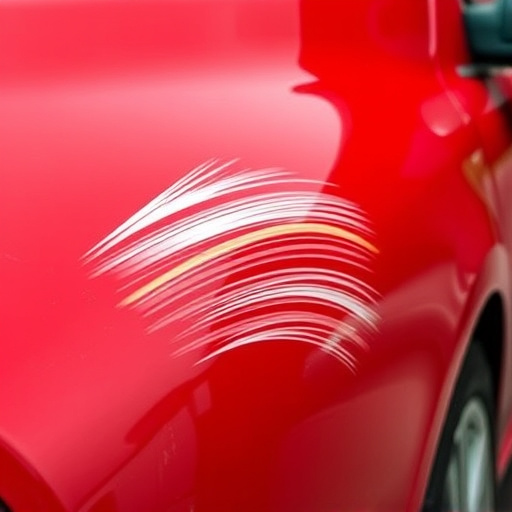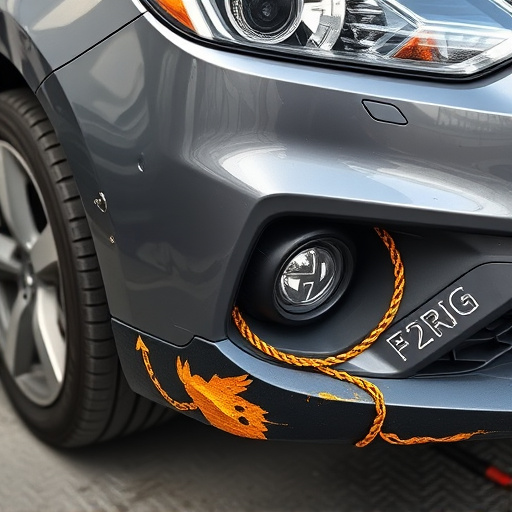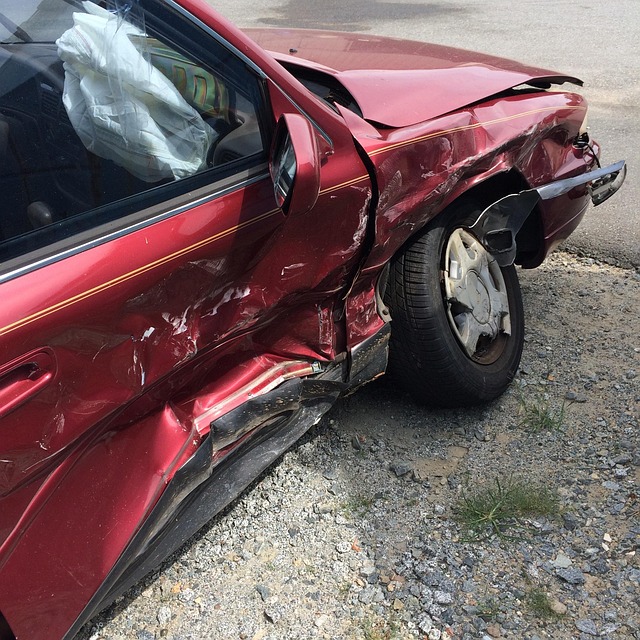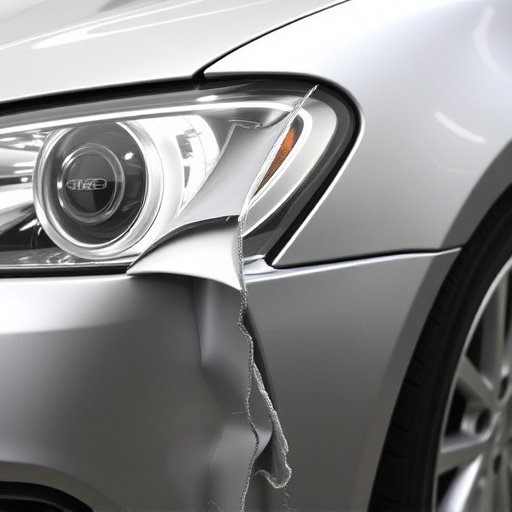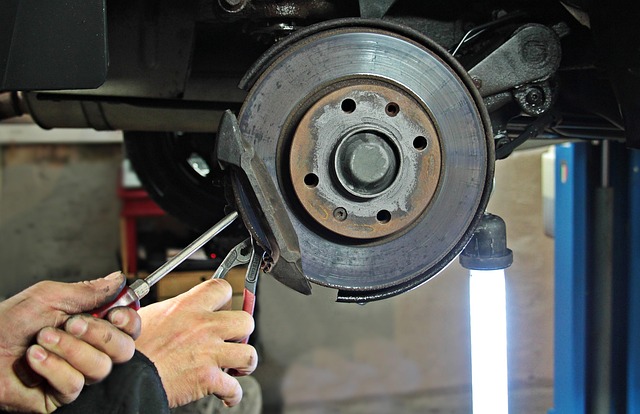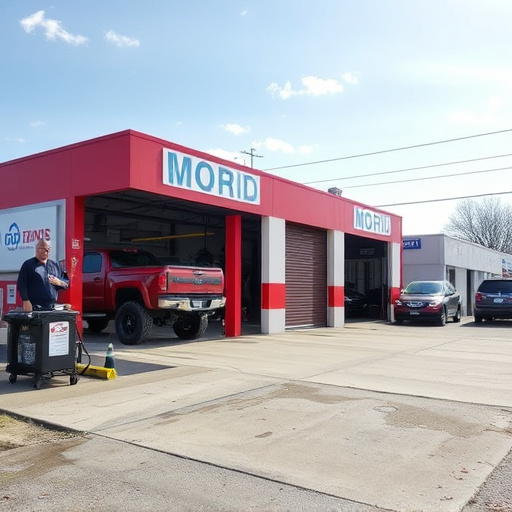Insurance-approved repairs are vital for vehicle damage restoration after an accident, ensuring safety and meeting insurer expectations. In a competitive market, these services prioritize swiftness and efficiency through advanced equipment, optimized workflows, and high-quality auto body painting. Digital systems and staff training in techniques like paintless dent repair further enhance efficiency, transparency, and customer satisfaction while maintaining insurance compliance.
In today’s fast-paced world, speed is crucial in meeting insurer expectations for efficient and accurate repairs. This article delves into the significance of quick turnaround times while ensuring compliance with insurance-approved standards. We explore what constitutes an insurance-approved repair, analyze how rapid response impacts insurer satisfaction, and provide strategies to streamline processes. By understanding these key factors, businesses can enhance their relationships with insurers and clients alike.
- Understanding Insurance-Approved Repairs: What They Entail
- The Impact of Speed on Meeting Insurer Expectations
- Strategies to Achieve Efficient and Insurance-Compliant Repair Processes
Understanding Insurance-Approved Repairs: What They Entail

When it comes to meeting insurer expectations after an accident, understanding the concept of insurance-approved repairs is paramount. These repairs refer to the specific processes and standards set by insurance companies to ensure that vehicles are restored to their pre-accident condition or, in some cases, to a safe and acceptable level of repair. It involves a meticulous assessment of damage, which includes both visible and hidden components, to determine the scope of work required for car body restoration.
Insurance-approved repairs encompass various services, such as vehicle dent repair, paintless dent removal, and, in more severe cases, comprehensive car restoration. The goal is to return the vehicle to its original state or, if that’s not feasible, to a safe operating condition. This process involves skilled technicians who follow precise protocols to ensure that every part of the car is meticulously repaired, from straightening bent panels to re-applying paint and finishes. By adhering to these standards, insurance-approved repairs guarantee that vehicles are safely back on the road while aligning with the insurer’s expectations for damage restoration.
The Impact of Speed on Meeting Insurer Expectations

In today’s fast-paced world, speed is a critical factor when it comes to meeting insurer expectations for insurance-approved repairs. Customers expect swift and efficient service after sustaining car damage repair, whether it’s from an accident or routine maintenance. Insurers, in turn, prioritize quick turnaround times as a key indicator of a workshop’s reliability and professionalism. This demand for speed has prompted many auto bodywork facilities to invest in advanced equipment and streamline their processes, ensuring they can deliver high-quality auto body painting services without compromising on time.
The benefits of faster repair cycles extend beyond meeting insurer deadlines; it also enhances customer satisfaction. Customers appreciate the convenience of having their vehicles restored promptly, allowing them to get back on the road sooner. Furthermore, efficient car damage repair processes reduce the overall cost for both the customer and the insurer, as less time spent on repairs translates into lower labor fees and quicker settlement claims.
Strategies to Achieve Efficient and Insurance-Compliant Repair Processes

To achieve efficient and insurance-compliant repair processes, several strategic approaches can be employed. Firstly, implementing digital systems for documentation and communication streamlines workflows, reduces errors, and increases transparency. These tools enable insurers, auto body services, and car paint repair specialists to track progress, access historical data, and facilitate real-time updates.
Additionally, training staff on insurance-approved repair techniques, such as paintless dent repair, can significantly enhance efficiency while ensuring high-quality outcomes. By embracing these methods, repair facilities can demonstrate their commitment to excellence and accuracy, fostering stronger relationships with insurers and ultimately improving customer satisfaction.
Insurers expect swift and efficient repairs to ensure claim satisfaction and reduce costs. Speed is a critical factor in meeting these expectations, as it directly impacts the entire repair process. By implementing strategic approaches, such as streamlined communication, standardized procedures, and technology adoption, repair shops can achieve insurance-approved repairs faster. This not only enhances customer experience but also fosters a positive reputation among insurers. Ultimately, prioritizing speed leads to a more robust and compliant repair operation.
